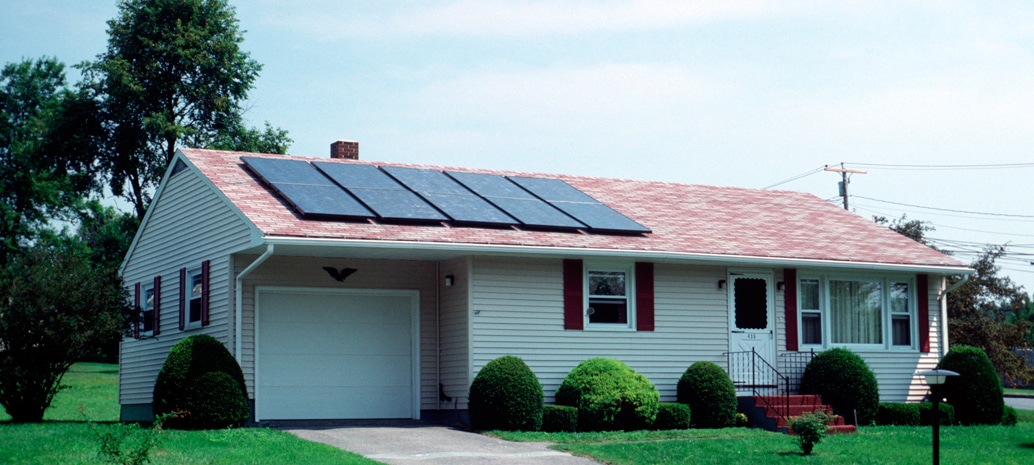The National Association of Regulatory Utility Commissioners (NARUC) approved the final draft of its Distributed Energy Resources (DER) Rate Design and Compensation manual, compiled to offer guidance for regulators as they navigate the often fraught subject of solar rate-design.
At NARUC’s national convention, regulators overwhelmingly approved the manual yesterday, whose final draft was released to the public last week after nearly a year of fine-tuning. An earlier draft of the report was released in late-August.
NARUC’s manual provides regulators with extensive guidelines that will help them evaluate the utilities’ claims more effectively based on facts instead of rumors. The association explained why it felt the manual was necessary.
The reason for this manual is that the nature of electricity delivery, consumption, generation, and the grid itself, are changing and changing rapidly. Although the manual is not the final word on the subject, it will be a useful practical resource for regulators.
Regulators around the country are struggling with how to reconcile the needs of utilities with the rapid increase in DERs like rooftop solar. In many instances, utilities complain solar causes a rate-shift to non-solar customers because, they allege, solar customers don’t pay for grid upkeep.
But at least 19 state-level studies show the rate-shift argument is largely a fraud, concocted to keep electricity-production firmly in the hands of utilities instead of customers using DERs. The false argument provides utilities the cover they need to ask regulators for solar demand charges and other fees to “compensate” for the lower electricity bills solar users pay.
So far, NARUC’s manual is receiving positive reviews from passionate solar advocates like Vote Solar.
“While not capturing everything, much of what we and other advocates have recommended was incorporated into the final version released this month,” wrote Rick Gilliam in a piece trumpeting the manual on Vote Solar’s website. “We hope that regulators take the messages to heart, and we look forward to continuing to work with regulators towards resolution of the utility concerns with DERs.”
This content is protected by copyright and may not be reused. If you want to cooperate with us and would like to reuse some of our content, please contact: editors@pv-magazine.com.








By submitting this form you agree to pv magazine using your data for the purposes of publishing your comment.
Your personal data will only be disclosed or otherwise transmitted to third parties for the purposes of spam filtering or if this is necessary for technical maintenance of the website. Any other transfer to third parties will not take place unless this is justified on the basis of applicable data protection regulations or if pv magazine is legally obliged to do so.
You may revoke this consent at any time with effect for the future, in which case your personal data will be deleted immediately. Otherwise, your data will be deleted if pv magazine has processed your request or the purpose of data storage is fulfilled.
Further information on data privacy can be found in our Data Protection Policy.